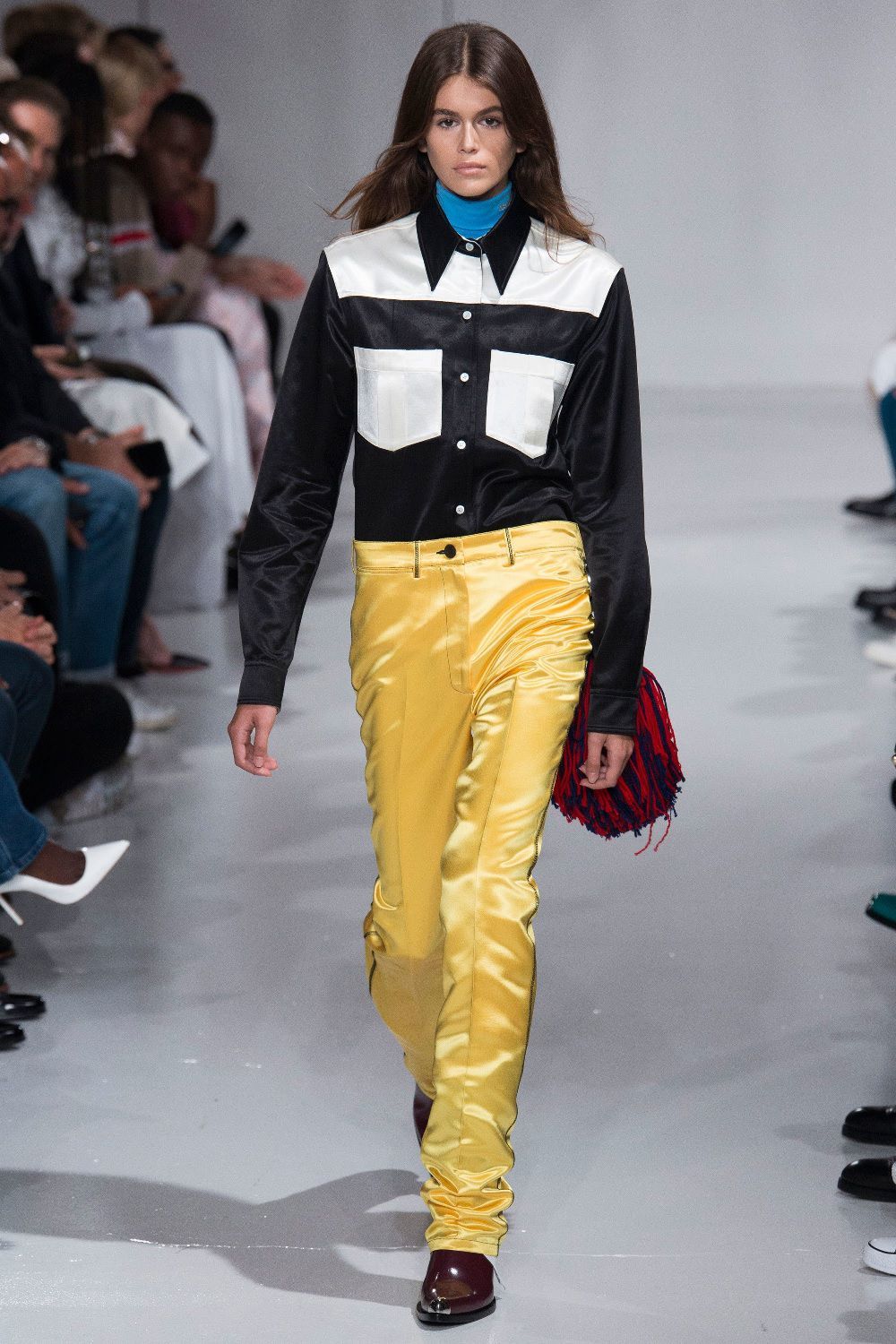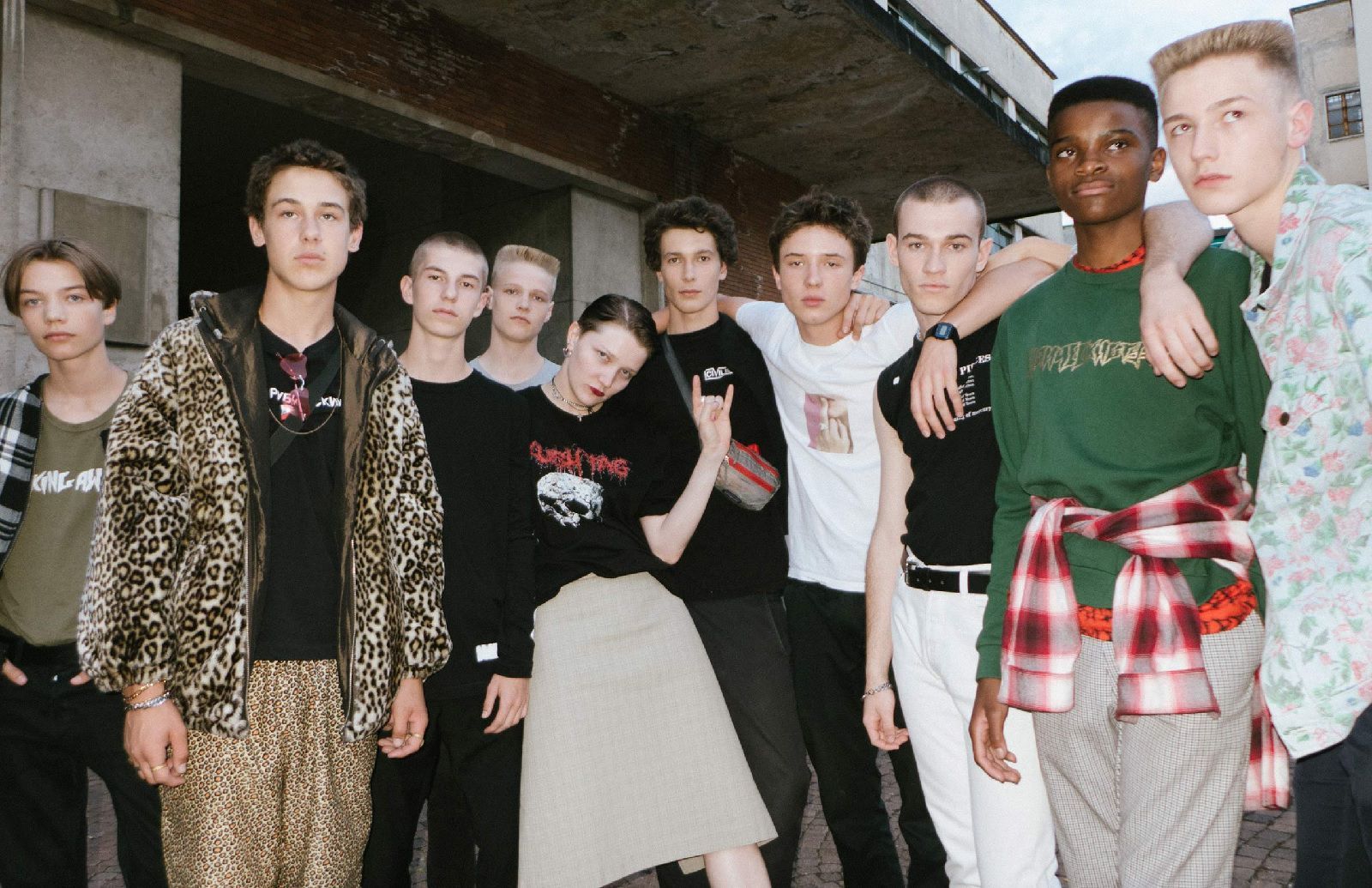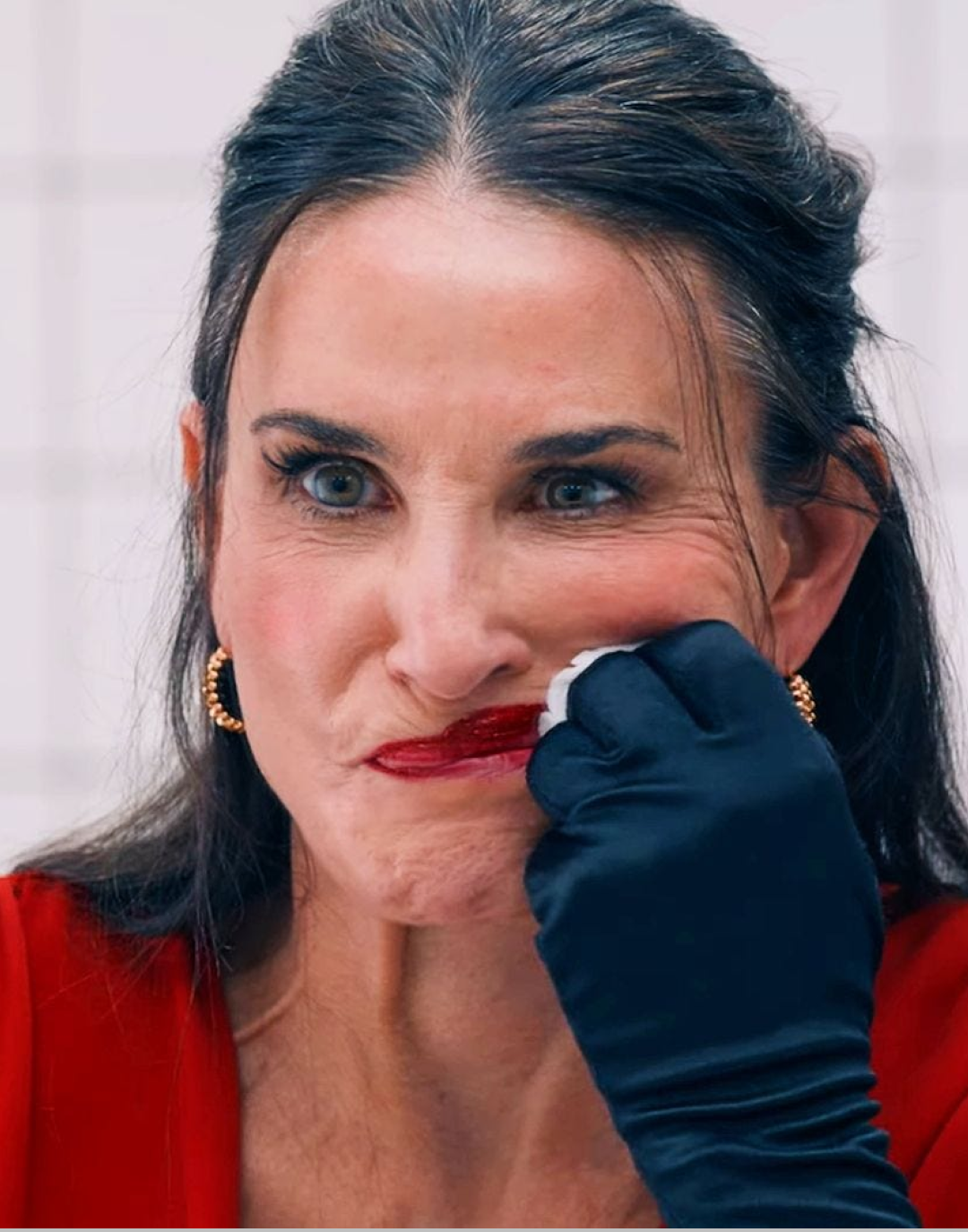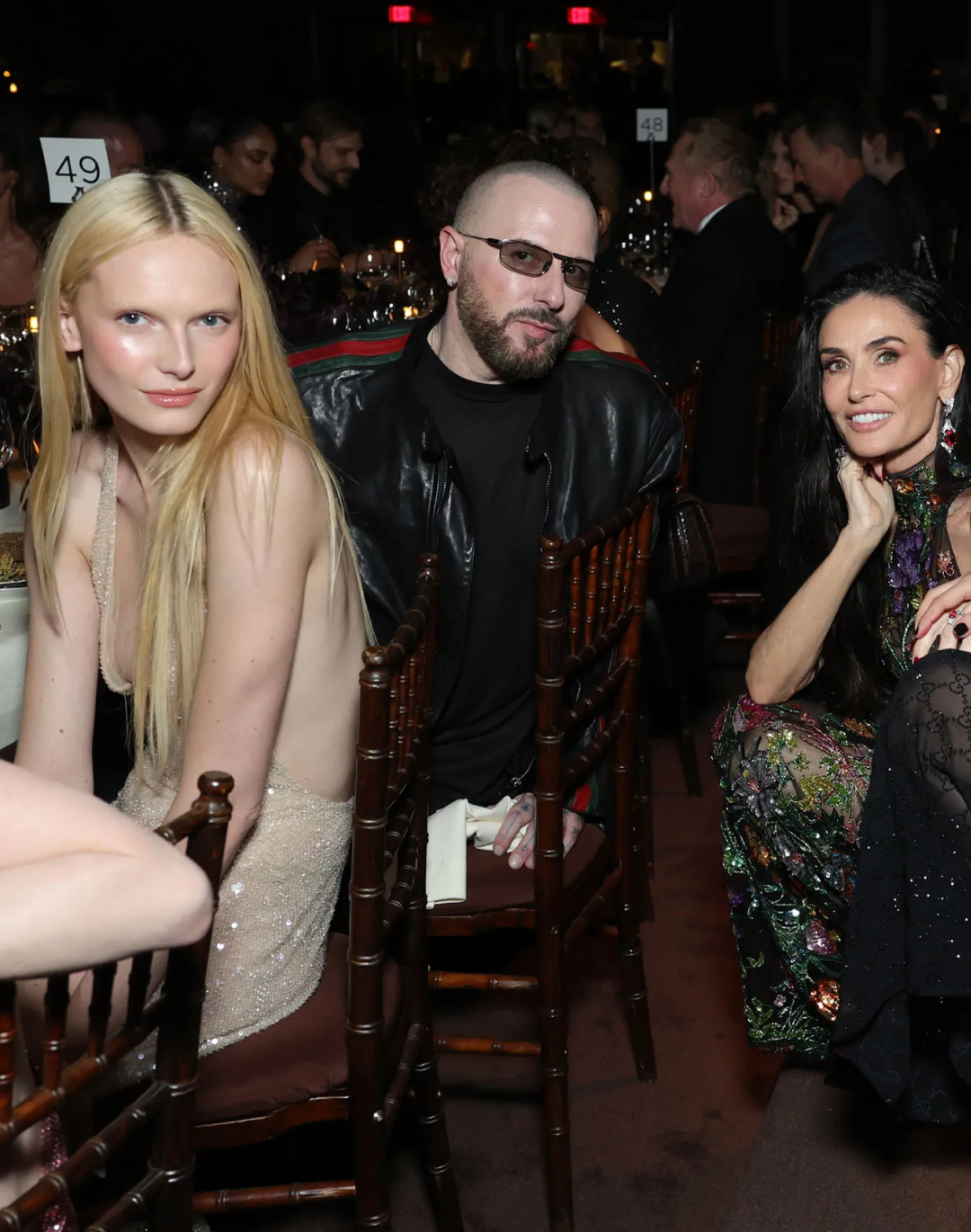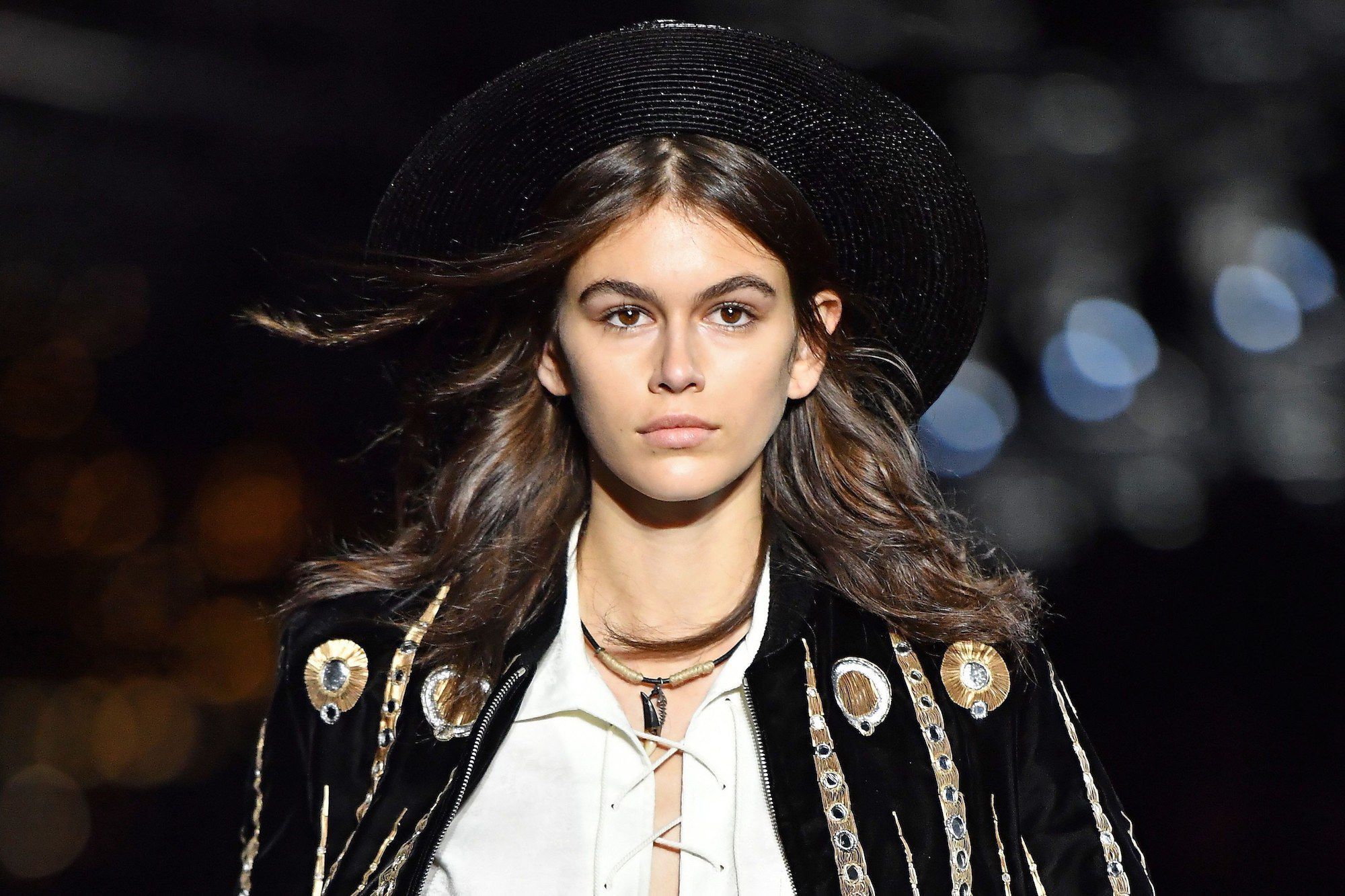
Kering to not using under-18 models The beginning of a revolution for the fashion system?
Kering will no longer hire models younger than 18 years for fashion shows or photo shoots. The decision will be valid from 2020 when the Fashion Weeks dedicated to the FW21 collections will take place. In a note by the luxury group (the second in the world after LVMH) François-Henri Pinault, its president and CEO, said:
“As a global luxury group, we are conscious of the influence exerted on younger generations in particular by the images produced by our houses. We believe that we have a responsibility to put forward the best possible practices in the luxury sector and we hope to create a movement that will encourage others to follow suit.”
In the same official statement, Marie-Claire Daveu, in charge of sustainability and international institutional relations for the company, stated that
“In our view, the physiological and psychological maturity of models aged over 18 seems more appropriate to the rhythm and demands that are involved in this profession. We are also aware of the role-model element that images produced by our Houses can represent for certain groups of people.”
Back in 2017 Kering and Lvmh had already signed a protocol aimed at maintaining the wellness of models that had to provide a certificate attesting their health and had to be at least a size 36 (for women) or 46 (for men). It also prohibited fashion shows for the under-16 year old. Now the limit has become even more restrictive and have many people wondering if hiring young models is an actual problem.
Looking back in the history of the fashion industry, many talents started their careers very young: Brooke Shields was only 14 years old when she appeared on the cover of Vogue in February 1980, Kate Moss was discovered at JFK airport in New York at age of 14, Chanel Iman was only 13, while Naomi Campbell debuted in the industry at the age of 16. And what about Kaia Gerber who, daughter of the forme supermodel Cindy Crawford, was born just in 2001 but in recent years has become one of the main protagonists of catwalks and photo shoots?
Even in the 90s, when the shots of the Calvin Klein advertising campaign appeared for the first time with a skinny and semi-nude teenage Moss hugging Mark Wahlberg, it sparked controversy, as it happened some time later to Vogue Paris. The magazine published a story starring three girls (including Thylane Blondeau, famous for being called the most beautiful girl in the world) portrayed in glamorous women's dresses, high heels and heavy make-up. Some judged those poses too alluring and adult, risking to result in pedophilia and, as a result, director Carine Roitfeld had to quit.
Since then, the debate on the young age of models and how they are approached has gradually become more central. The main driving force has been the emergence of Time's Up and #MeToo movements, but also some piece of news. The first was in February 2017. Casting director James Scully had complained about competing agencies for the way in which, during a selection for PFW, they had treated young models, forced to wait hours and hours crowded in the stairwell of a building. The second fact came a few months later: in Shanghai Vlada Dzyuba, a 14-year-old Russian model, collapsed on the ground, exhausted after having been forced to walk the runway for thirteen hours. Like aftermath, all these negative events and women's emancipation movements invested the fashion system, encouraging everyone to tell their negative experiences and abuses, even episodes of sexual exploitation, accusations that invested famous photographers such as Terry Richardson, Mario Testino, Bruce Weber, Patrick Demarchelier and designers such as Gosha Rubchinskiy. All artists banned by Condé Nast International, the publishing house of some of the most important magazines in the world, from Vanity Fair to Vogue. In a long article, Vogue US analyses this decision and explains what these new rules will introduce from a practical point of view, like private changing rooms and the approval of models for both poses and clothing, implemented to ensure that all its editorial services are safe workspaces, without harassment. About the age of the models the magazine states:
“In recognition of the unique vulnerability of minors thrown into a career where they have little control and where abuse has been all too commonplace, the vendor code of conduct stipulates that no model under the age of eighteen will be photographed for editorial (unless he or she is the subject of an article, in which case the model will be both chaperoned and styled in an age-appropriate manner).”
Then the magazine goes on specifying that fashion has always promoted youth as a synonym for beauty and used teenage models, but this is no longer acceptable because, if at the time of Naomi it could be meaningful and most of the kids were treated with some respect, in the current system the models are too many, very young, often without the probability of having a lasting career.
Can raising the age limit of models be the solution to a bigger problem? Of course not. The fact that now Kering, a 13.6 billion dollar sales giant with over 63 stock market capitalisations including fashion brands such as Gucci, Saint Laurent or Balenciaga, is also concerned about the physical and mental health of models by acting to protect them is an important signal. It can be considered a big drop in an even bigger ocean. What needs to be dismantled or at least reviewed is not only the treatment of a category of workers, but an aesthetic sense rooted in society that tends to make teenagers look more adult and adults look younger.
It's even ironic when you think that also Millennials, the generation that is doing the most to revolutionize the fashion system with a lesser stereotyped concept of beauty that promotes diversity, are the same ones that brought to success the post-Soviet aesthetics based on an image of very young, often inexperienced (maybe found with street casting or an IG) and vulnerable models.
The reality of fashion looks like a vicious circle full of contradictions that are difficult to solve. The new rules established by Kering may not be a sufficient solution, but at least they have the merit of bringing the issue back to the centre of attention.












































